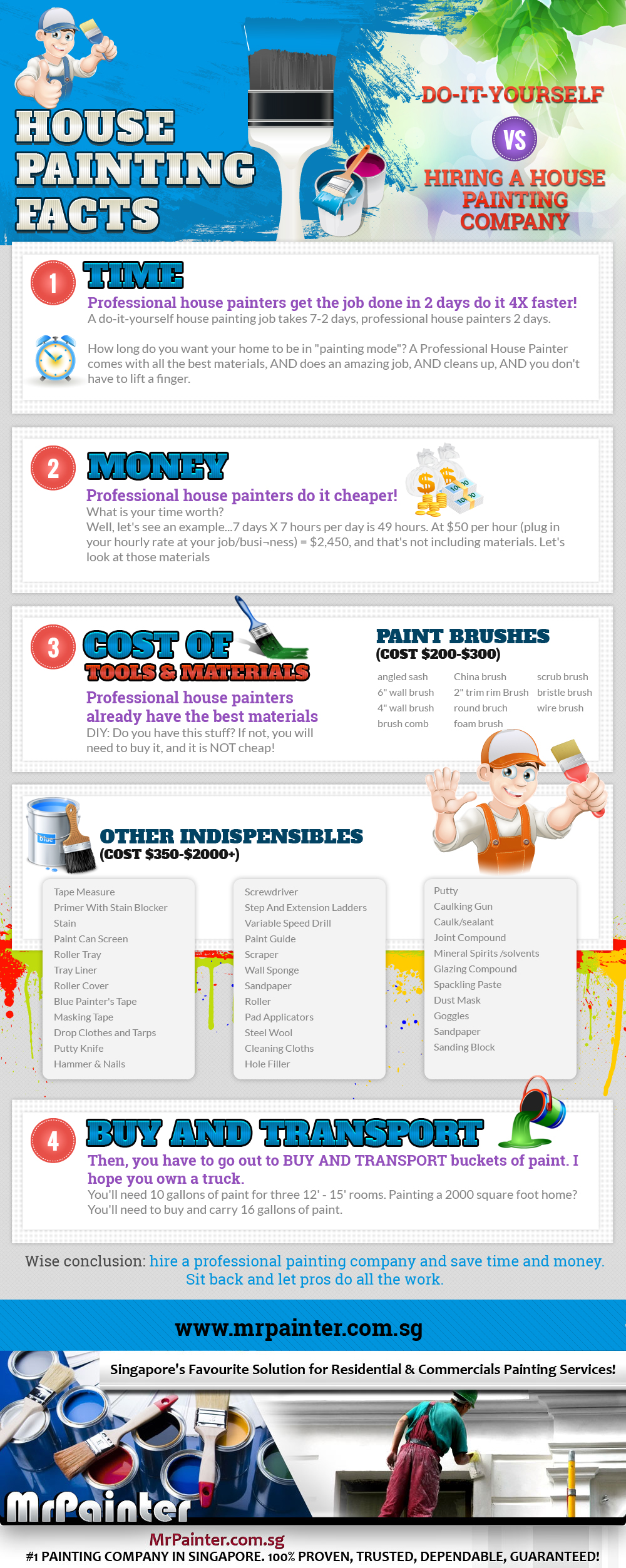The Duty Of Weather Condition In Commercial Exterior Painting: What You Need To Know
The Duty Of Weather Condition In Commercial Exterior Painting: What You Need To Know
Blog Article
Article Produced By-McNamara Hollis
When you're intending a commercial exterior paint project, don't ignore the effect of climate on your results. You require to take into consideration elements like temperature, humidity, and rainfall, as they can make or damage your paint task. As an example, did you recognize that suitable problems require specific temperature level arrays and moisture degrees? Failing to monitor these elements can bring about uneven coatings and even damage to fresh paint. Recognizing these components is crucial to accomplishing a lasting, specialist outcome. So, what particular weather should you watch out for?
Temperature level Considerations
When it concerns commercial external painting, temperature level plays an essential function in the end result of your task. If you're painting in severe warmth, the paint can dry too quickly, causing problems like inadequate bond and irregular surfaces. You want to aim for temperature levels between 50 ° F and 85 ° F for the best results. Below 50 ° F, paint may not cure effectively, while above 85 ° F, you take the chance of blistering and cracking.
Timing your task with the ideal temperature levels is necessary. Begin your work early in the early morning or later in the afternoon when it's cooler, especially during warm months.
Additionally, think about the surface temperature level; it can be considerably higher than the air temperature level, specifically on sunny days. Utilize a surface thermostat to inspect this before you start.
If https://pbswisconsin.org/news-item/oshkosh-artist-paints-pandemic-portraits-of-home/ are uncertain, keep an eye on the weather report. Abrupt temperature drops or heat waves can derail your strategies. You don't intend to start repainting only to have the problems alter mid-project.
Humidity Levels
Moisture levels considerably impact the success of your industrial external painting task. When the moisture is too high, it can impede paint drying and healing, causing a range of issues like poor attachment and end up quality.
If you're preparing a task throughout wet conditions, you might discover that the paint takes longer to dry, which can extend your project timeline and increase prices.
Alternatively, reduced moisture can also pose difficulties. Paint may dry out as well quickly, avoiding appropriate application and leading to an unequal coating.
You'll wish to monitor the humidity degrees closely to guarantee you're working within the ideal variety, normally in between 40% and 70%.
To get the most effective outcomes, think about making use of a hygrometer to gauge humidity before beginning your project.
If you discover the degrees are outside the optimal range, you may require to readjust your routine or choose paints designed for variable problems.
Constantly speak with the maker's guidelines for specific referrals on humidity tolerance.
Precipitation Effect
Rain or snow can considerably disrupt your business exterior painting plans. When precipitation occurs, it can get rid of fresh used paint or produce an uneven surface. Preferably, you want to select days with dry climate to ensure the paint adheres correctly and treatments effectively. If you're captured in a shower, it's best to stop the project and wait for conditions to boost.
Additionally, snow can be a lot more harmful. Not just does it produce a wet surface area, however it can additionally decrease temperature levels, making it hard for paint to dry. This can bring about concerns like peeling off or blistering down the line.
a knockout post to check the weather prediction prior to beginning your project. If rainfall or snow is forecasted, take into consideration rescheduling.
Always bear in mind to allow appropriate drying time between coats, particularly if the weather condition remains unforeseeable.
Final thought
Finally, keeping an eye on the climate is necessary for an effective business exterior painting job. By checking temperature, humidity, and precipitation, you can ensure the most effective conditions for application and healing. Remember to prepare your job around positive weather and constantly comply with maker standards. With the ideal method, you'll achieve a long-lasting, beautiful surface that can withstand the elements. Do not let the climate catch you off guard-- stay notified and repaint smart!
